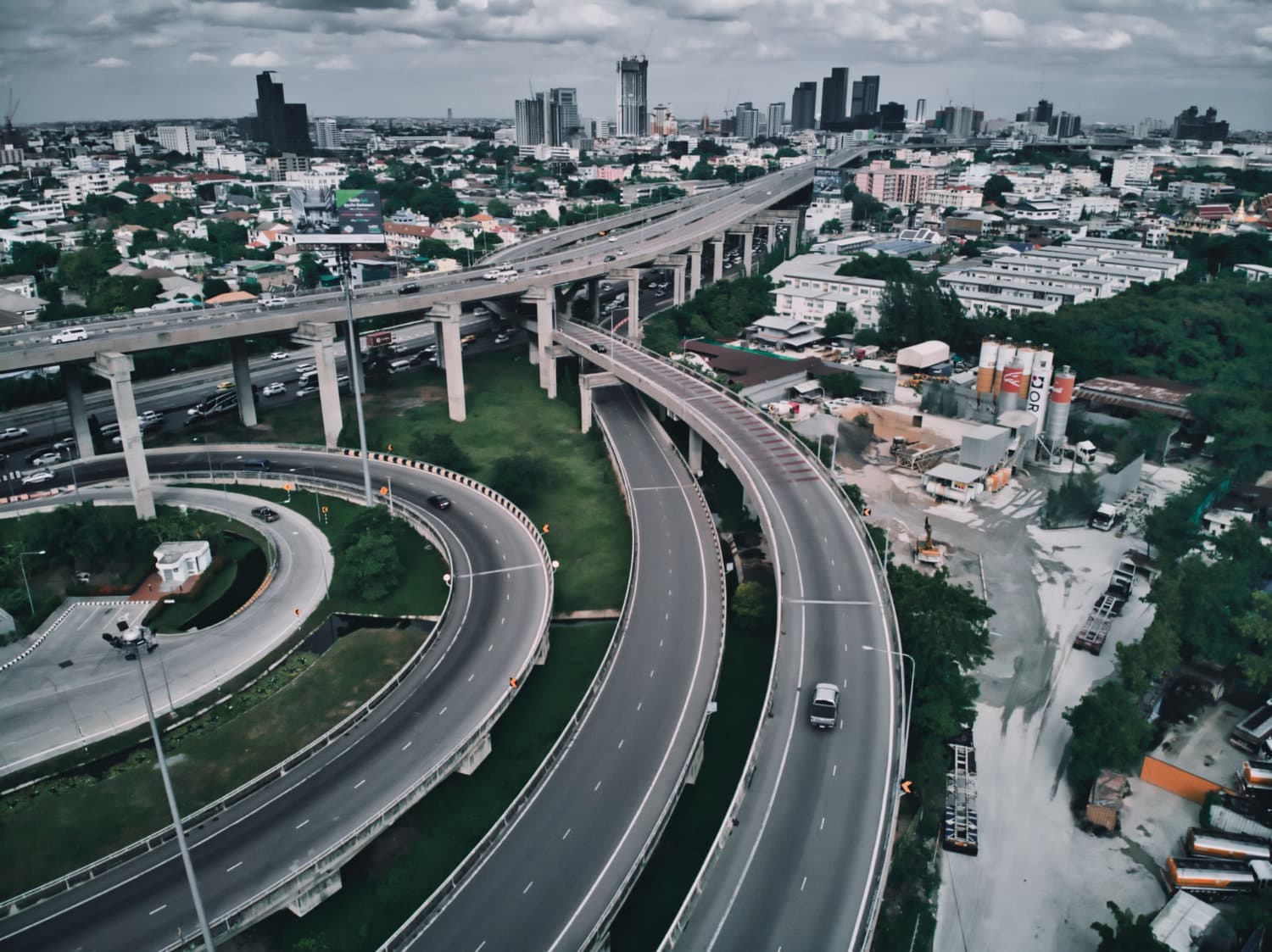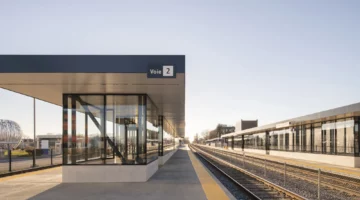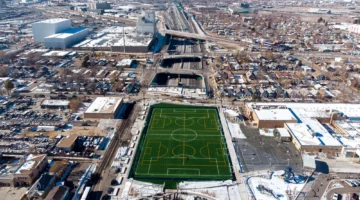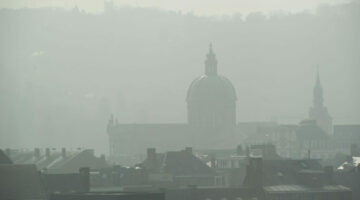"Mandela Parkway, a four-lane boulevard enhanced by a median with trees and a curving footpath, stretches along a 24-block section of West Oakland. It’s the fruit of a grassroots neighborhood campaign to block reconstruction of an elevated freeway leveled by the Loma Prieta earthquake in 1989 and reimagine the thoroughfare to replace it.
Since the parkway’s 2005 completion, 168 units of affordable housing have sprung up along its route. The air is measurably freer of pollutants than it was when the Cypress Freeway ran through the area.
A federal report heralded the project as the type of socially minded renovation that can make appropriate, if partial, amends for the devastation wrought on low-income neighborhoods by the freeway-building boom of earlier decades.
“Community involvement was a very important part of the rebuilding process,” said the report, which concluded, “West Oakland residents got what they wanted.”
Unfortunately, that’s not entirely the case.
Although the 1.3-mile strip of land that Mandela Parkway passes through has cleaner air and better amenities than when it was a freeway spur, many of the neighborhood’s original residents are no longer there to enjoy it, forced out by rising rents and housing costs. And West Oakland more broadly, bordered by the massive Port of Oakland, is still crisscrossed by elevated freeways where cars and heavy trucks spew hundreds of tons of pollutants every year.
The successes and failures of the Mandela Parkway are emblematic of the challenges faced by a new urban renewal movement that seeks to replace dozens of stretches of elevated urban freeways built in the 1950s, ’60s and ’70s across the United States. These highways bisected cities, displacing residents and businesses in what were frequently lower-income, working-class, non-white neighborhoods. Pollution and noise plague the health of those who continue to live nearby."
Does the Removal of Urban Highways Improve the Health of American Cities?
Mandela Parkway, a four-lane boulevard enhanced by a median with trees and a curving footpath, stretches along a 24-block section of West Oakland




